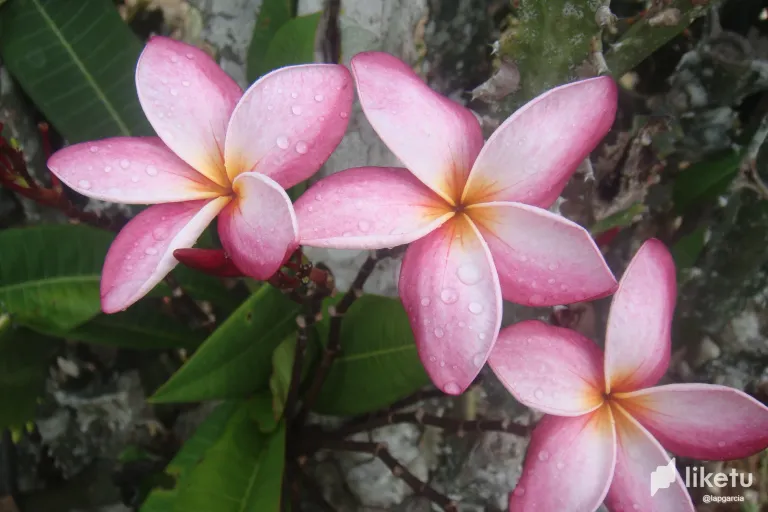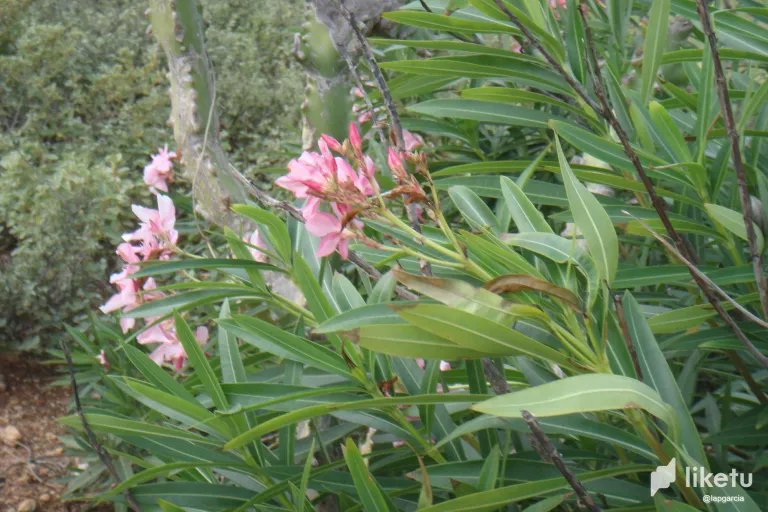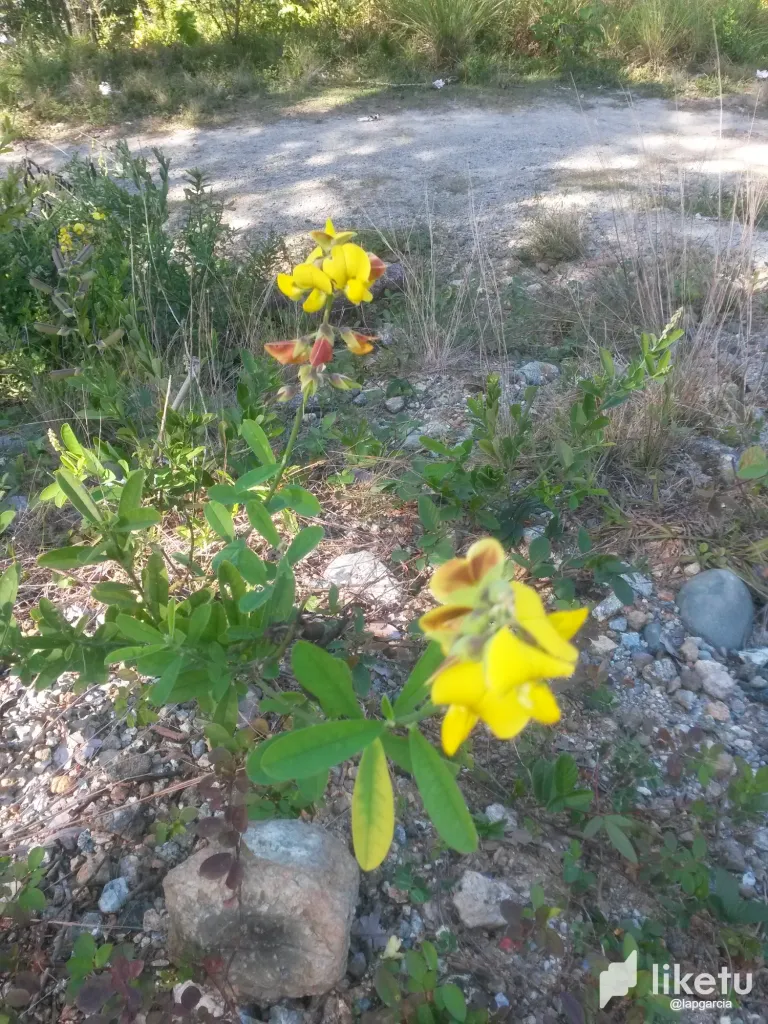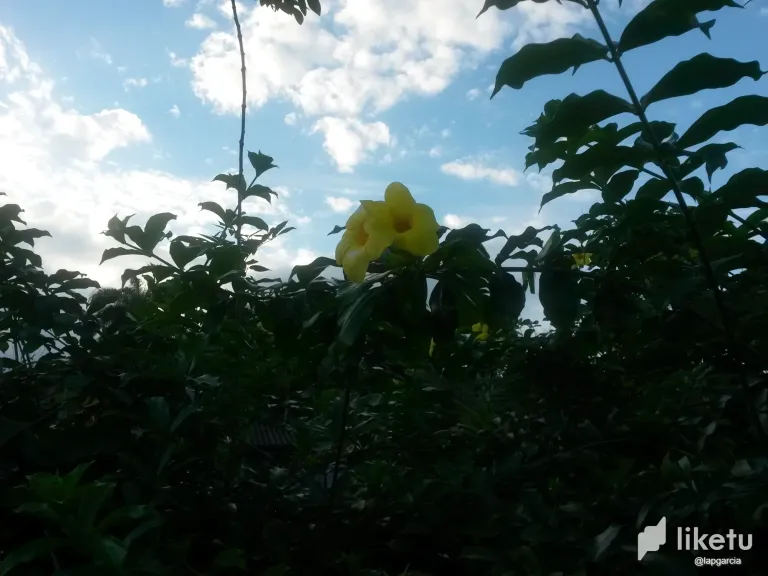
Flowers developed in the dry savannas of Holguín, Cuba, related to ophiolitic rocks (rich in iron and magnesium).

Coastal flowers in Punta de Maisí, Cuba, related to carbonate terraces emerging from the sea.

Flowers in El Yunque de Baracoa, related to carbonate soils.

Flowers in El Yunque de Baracoa, related to carbonate soils.

Orchids developed in the basic rock zone of the Moa region, Cuba

Developed in ultrabasic rocks of the Moa region, Cuba

Developed in ultrabasic rocks of the Moa region, Cuba

Developed in ultrabasic rocks of the Moa region, Cuba

Developed in ultrabasic rocks of the Moa region, Cuba

Developed in ultrabasic rocks of the Moa region, Cuba.
Flowers, with their varied colors, sometimes soft, sometimes strong, without a doubt, are a wonder of our planet. On this occasion I share with you some snapshots that I have taken of different flowers, related to different geological environments. Geological environments define the types of rocks to form, which ultimately define the soil and ultimately define the vegetation.
The relationship between flowers and geology is an interdisciplinary field that explores the intrinsic interaction between geological processes and the diversity and adaptation of floral species. Throughout Earth's history, the evolution of rocks, soils and landscapes has influenced the distribution, adaptation and diversification of plants, including flowers.
Geologically, changes in soil composition, topography, and water availability directly affect the ability of plants to grow and reproduce. For example, the formation of mountains and valleys can create specific microclimates and habitats that favor the appearance of new flower species. Additionally, erosion and sedimentation can modify soil composition, which in turn impacts the availability of essential nutrients for plants.
Similarly, flowers have influenced geology through their ability to colonize new habitats and contribute to the formation of soils and landscapes. Plant roots can help stabilize soils, reducing erosion and promoting the formation of new layers of soil. Additionally, plants can contribute to the formation of humus and the accumulation of nutrients in the soil, which in turn affects the availability of resources for other species.
The relationship between flowers and geology is an active research topic that has generated important discoveries in various fields, including ecology, geology and biogeography. For example, research on the relationship between flowers and geology has led to a better understanding of the distribution of species in different regions of the world and how these species have adapted to changes in the landscape. Additionally, understanding the relationship between flowers and geology can help predict how species will adapt to future changes in climate and landscape.
For the best experience view this post on Liketu